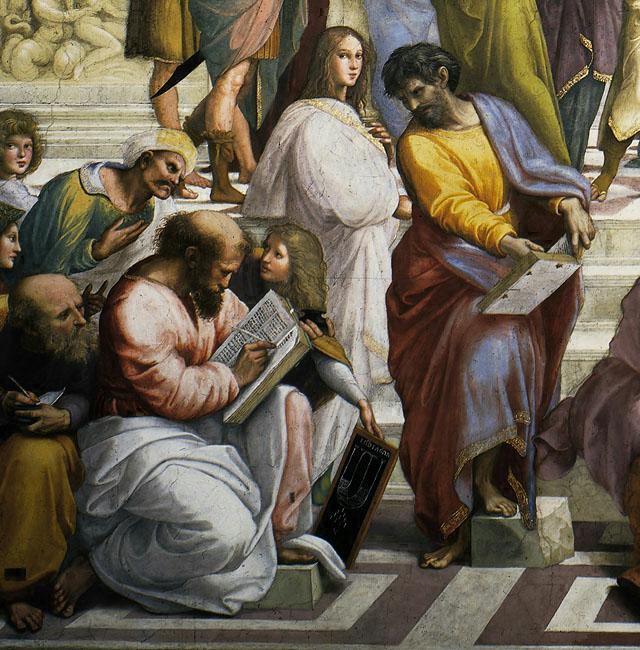Michael VIII sent an ambassador with members of the Greek Orthodox clergy and representatives of Abaqa Khan, current ruler of the Mongols whom Edward I of England had reached out to a few years earlier in order to promote an alliance. James I of Aragon attended, as did Bonaventure (seen here speaking in front of Pope Gregory by a 17th century Spanish painter, Zurbaran). Thomas Aquinas was invited, but died along the way. Other countries represented were Bohemia, England, France, Germany, Hungary, Norway, Poland, Scotland, Sweden, and a few others.
Meeting for six sessions between May and July, they discussed the conquest of the Holy Land and the unification of the Eastern and Western churches. Some other concerns were paying for a Crusade, excommunication of pirates and those who protected or traded with them (because they interfere with traveling to the Holy Land), and indulgences for those willing to go on Crusade.
The Council confirmed Rudolf I (1 May 1218 – 15 July 1291) as Holy Roman Emperor, ending a 20-year Interregnum.
The ambassador from Abaqa Khan reported that the relations with Europe begun under his father, Hulagu, continued, and that Latin Christians were exempt from taxes in exchange for prayers for the Khan. Hulagu also had committed to returning Jerusalem to the Franks, and Abaqa intended to continue his father's commands.
One of Gregory's "successes" was getting the Eastern Church's representatives to accept the West's addition of Filioque ("and the Son") to the Nicene Creed. This did not satisfy the bishops back home, however. Patriarch Joseph of Constantinople resigned in protest, and after Emperor Michael VIII died, his son and successor Andronicus II rejected the change.
Also, Gregory's hope for a new Crusade petered out after his death in 1276; the taxes gathered were re-distributed in Italy.
Now, about that Interregnum mentioned above...what was the problem? I'll explain that tomorrow.





